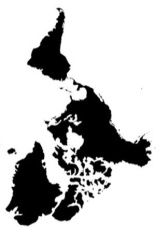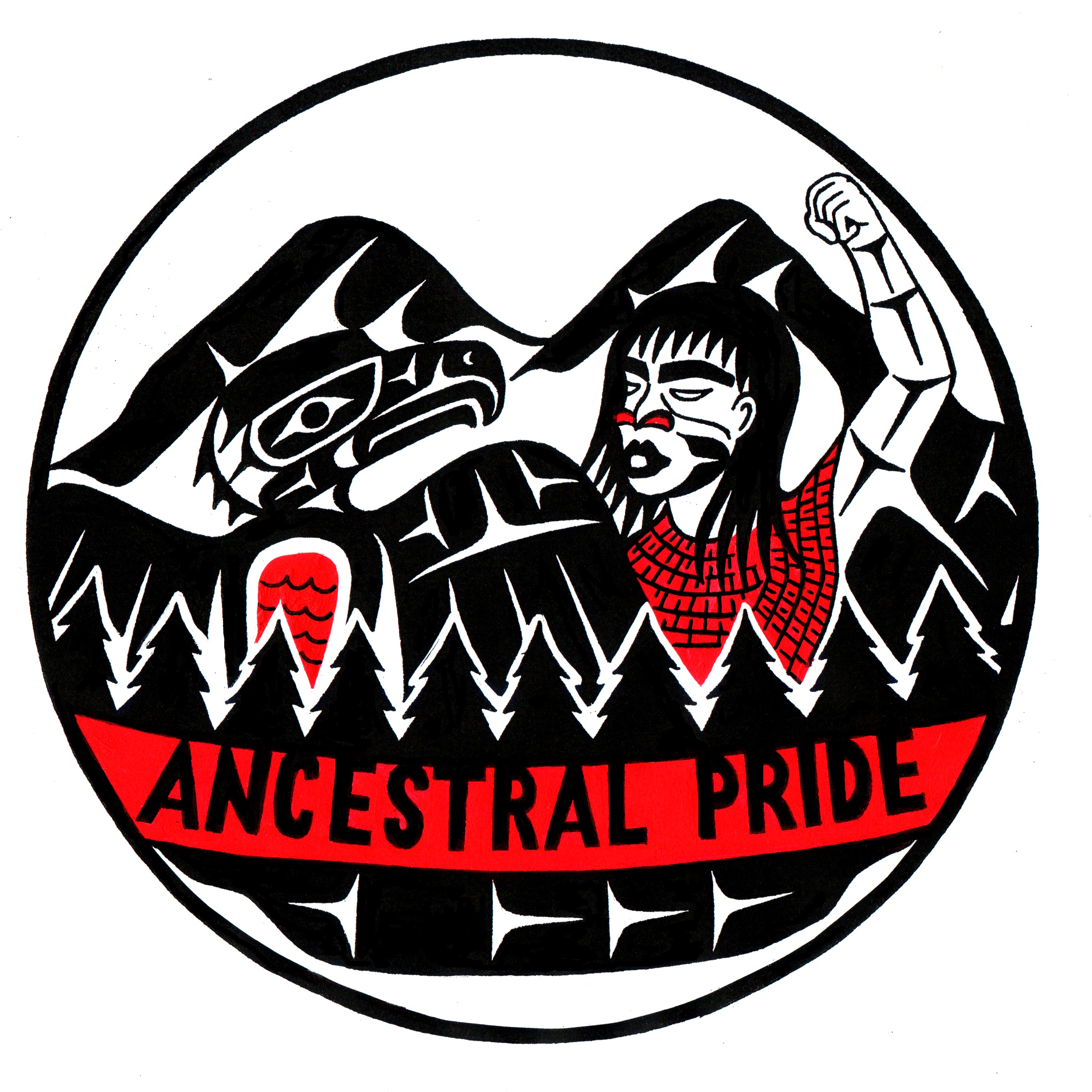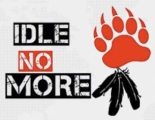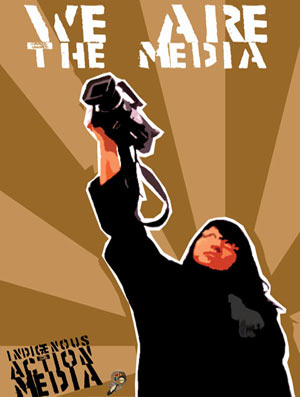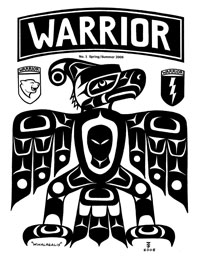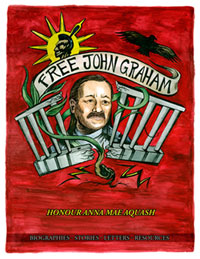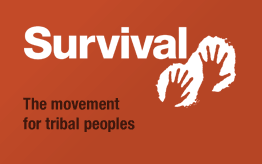 Via Indigenous Action
Via Indigenous Action
…This is a transmission from a future that will not happen. From a people who do not exist…
Rethinking the Apocalypse: An Indigenous Anti-Futurist Manifesto
[Readable PDF] [Printable zine PDF]
“The end is near. Or has it come and gone before?”
– An ancestor
Why can we imagine the ending of the world, yet not the ending of colonialism?
We live the future of a past that is not our own.
It is a history of utopian fantasies and apocalyptic idealization.
It is a pathogenic global social order of imagined futures, built upon genocide, enslavement, ecocide, and total ruination.
What conclusions are to be realized in a world constructed of bones and empty metaphors? A world of fetishized endings calculated amidst the collective fiction of virulent specters. From religious tomes to fictionalized scientific entertainment, each imagined timeline constructed so predictably; beginning, middle, and ultimately, The End.
Inevitably in this narrative there’s a protagonist fighting an Enemy Other (a generic appropriation of African/Haitian spirituality, a “zombie”?), and spoiler alert: it’s not you or me. So many are eagerly ready to be the lone survivors of the “zombie apocalypse.” But these are interchangeable metaphors, this zombie/Other, this apocalypse.
These empty metaphors, this linearity, only exist within the language of nightmares, they are at once part of the apocalyptic imagination and impulse.
This way of “living,” or “culture,” is one of domination that consumes all for it’s own benefit. It is an economic and political reordering to fit a reality resting on pillars of competition, ownership, and control in pursuit of profit and permanent exploitation. It professes “freedom” yet its foundation is set on lands stolen while its very structure is built by stolen lives.
It is this very “culture” that must always have an Enemy Other, to lay blame, to lay claim, to affront, enslave and murder.
A subhuman enemy that any and all forms of extreme violence are not only permitted but expected to be put upon. If it doesn’t have an immediate Other, it meticulously constructs one. This Other is not made from fear but its destruction is compelled by it. This Other is constituted from apocalyptic axioms and permanent misery. This Othering, this wetiko disease, is perhaps best symptomatized in its simplest stratagem, in that of our silenced remakening:
They are dirty, They are unsuited for life, They are unable, They are incapable, They are disposable, They are non-believers, They are unworthy, They are made to benefit us, They hate our freedom, They are undocumented, They are queer, They are black, They are Indigenous, They are less than, They are against us, until finally, They are no more.
In this constant mantra of violence reframed, it’s either You or it’s Them.
It is the Other who is sacrificed for an immortal and cancerous continuity. It is the Other who is poisoned, who is bombed, who is left quietly beneath the rubble.
This way of unbeing, which has infected all aspects of our lives, which is responsible for the annihilation of entire species, the toxification of oceans, air and earth, the clear-cutting and burning of whole forests, mass incarceration, the technological possibility of world ending warfare, and raising the temperatures on a global scale, this is the deadly politics of capitalism, it’s pandemic.
Click here to read more…
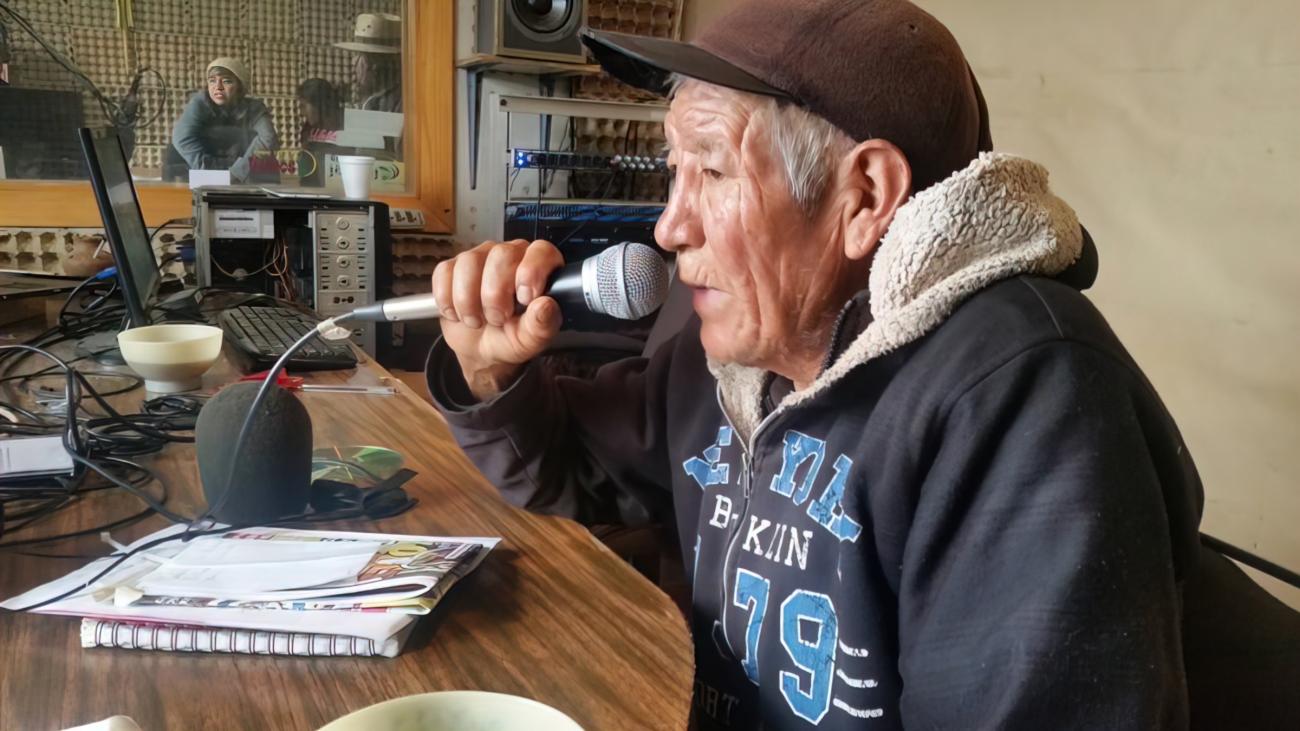


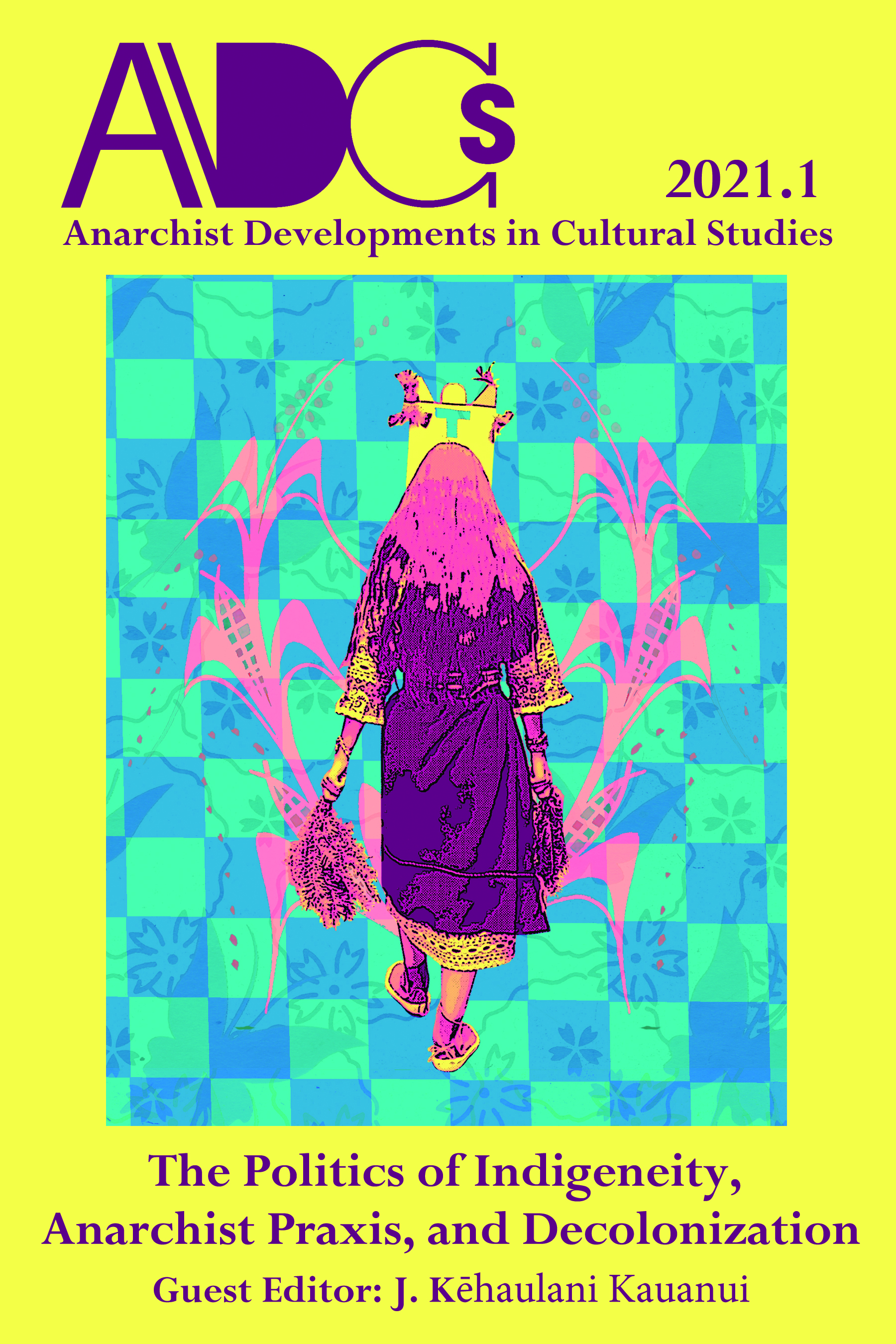
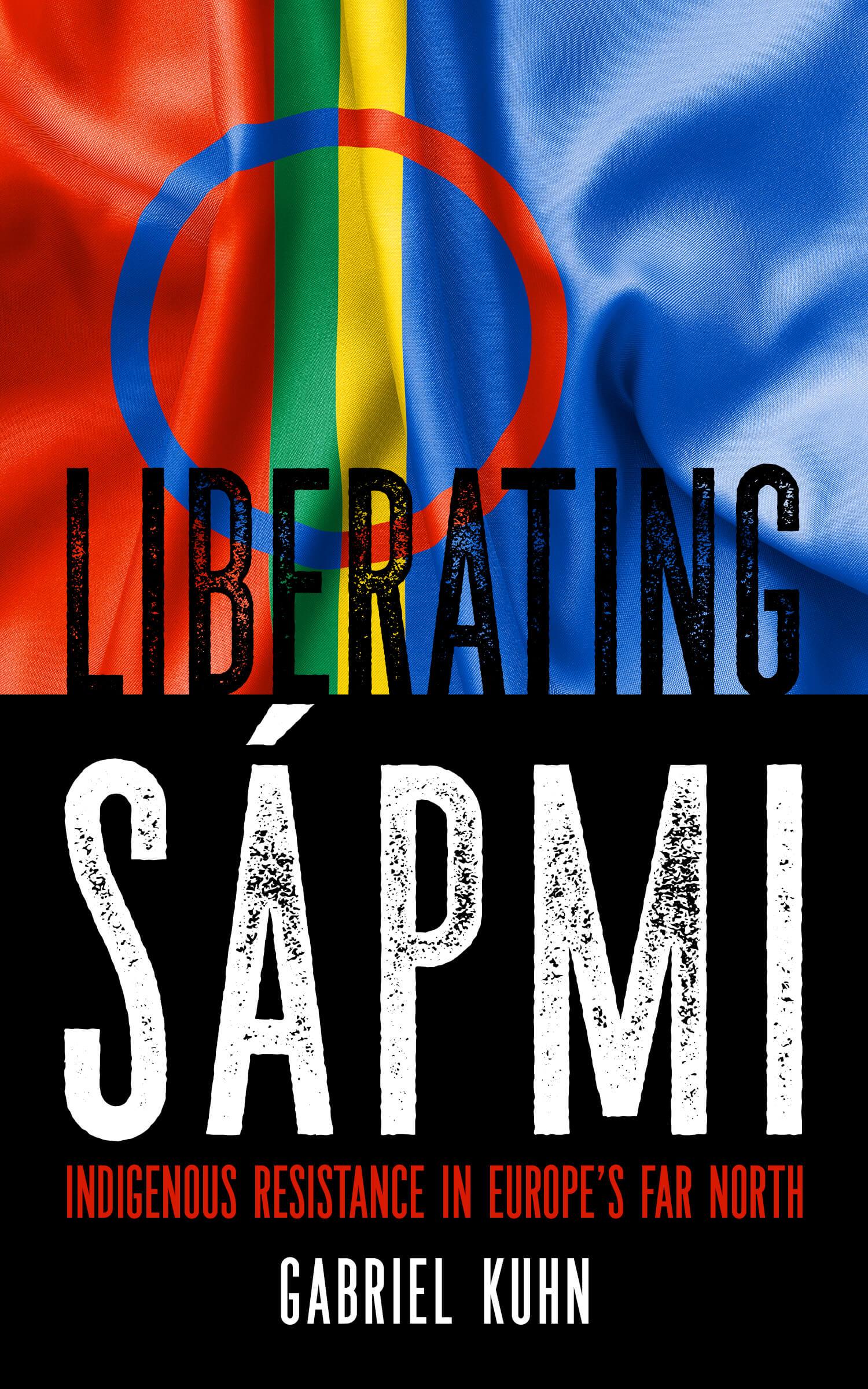
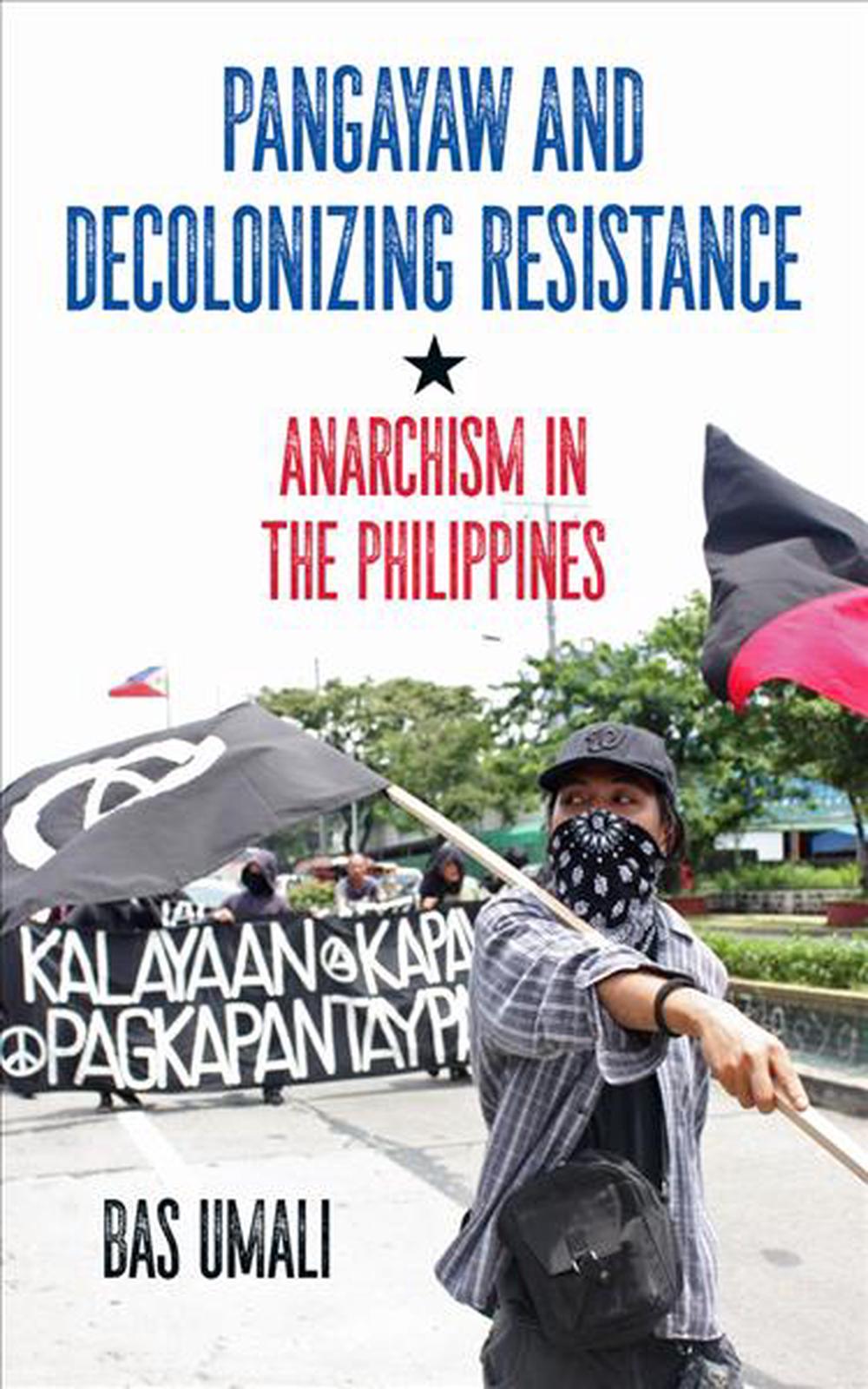

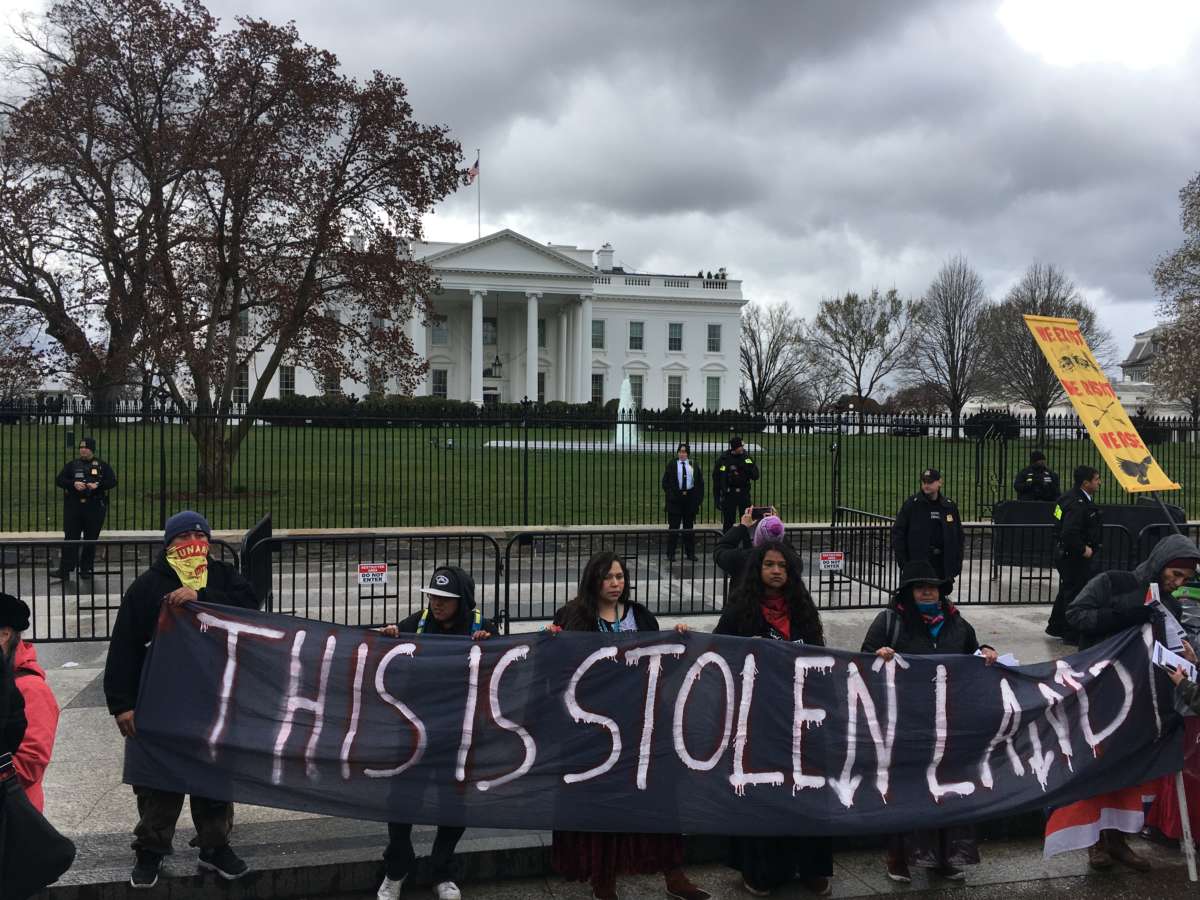
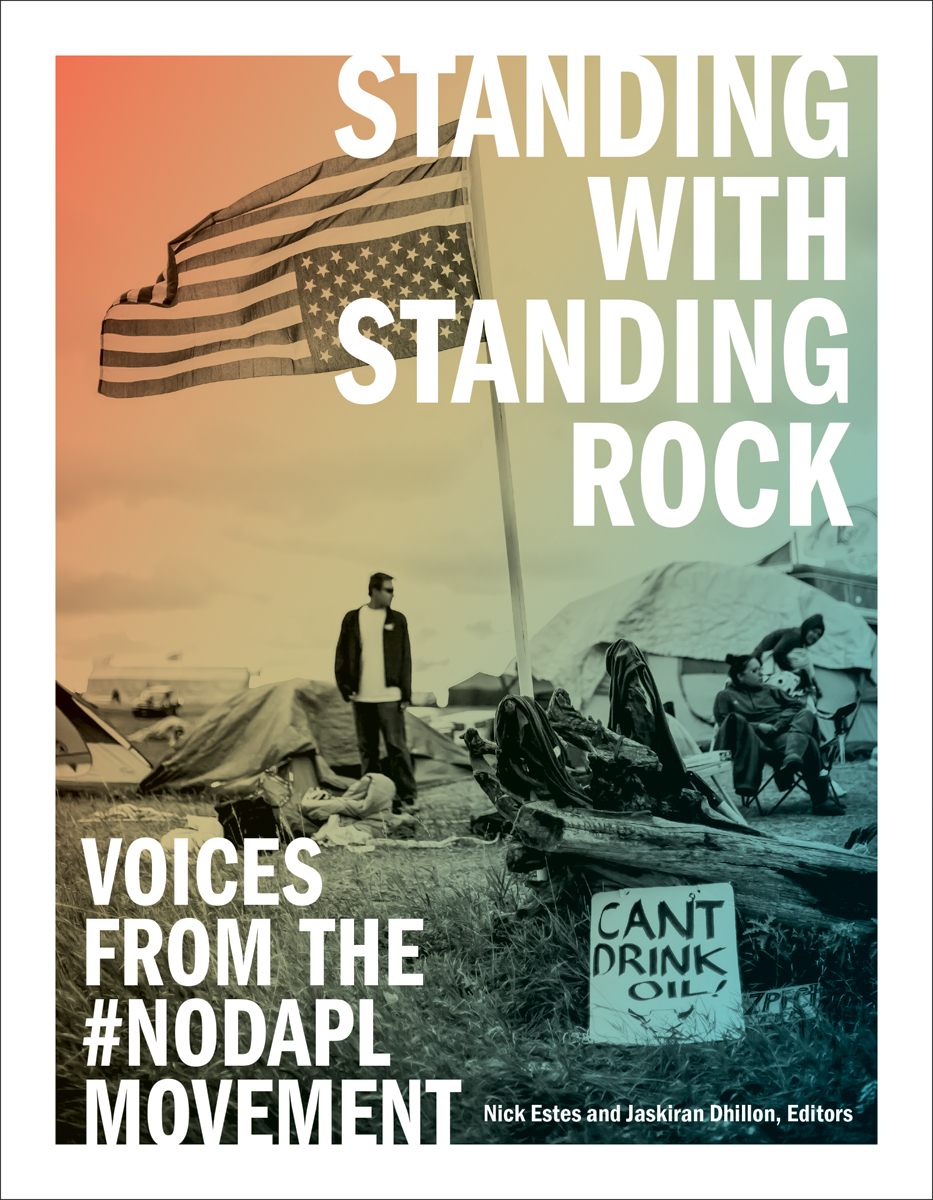
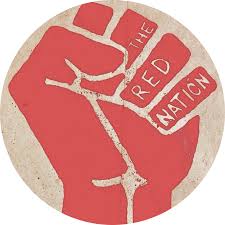
:focal(403x335:404x336)/https://public-media.si-cdn.com/filer/b9/39/b939aa2b-b931-45d4-9d7b-57b6084876a6/800px-wampanoag2.jpg)



